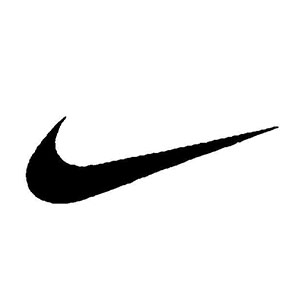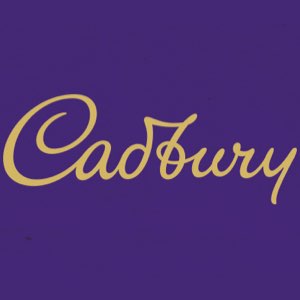READ NEXT
Different kinds of trade marks
A trade mark is a sign that can be any of the following:
- Words
- Shapes
- Images
- Sounds
- Colours
- Moving images
- Aspects of packaging
- Combinations of any of these.
Different signs are referred to as 'kinds' of trade marks.
Protects numbers, letters, words or phrases.
Most trade marks are protected in plain font as this gives broad protection. However, some trade marks are protected in specific, stylised fonts where this is an important aspect of the brand.
Example: Ford
Protects non-English words written in Roman characters, or non-Roman characters.
In your application, you'll need to translate non-English words and transliterate non-English characters into Roman characters.
You apply for non-English trade marks the same way you apply for standard word or phrase trade marks.
Examples: 'Volkswagen', '貢茶' for Gong Cha tea.
Protects a logo, which may just be a picture, or include words.
To maximise protection, many businesses also register the words and logo as separate trade marks. This can give you strong protection for the words, even if the logo changes.
Keep in mind however, that if the words included in a logo trade mark are commonly used terms or phrases, you may not be able to register them separately.
Example:
Protects a number of related trade marks. If you want to register more than one variation of your trade mark, you can apply for a series trade mark.
To be accepted as a series, the main identifying feature of the trade marks must be the same.
The trade marks can only differ in relation to:
1. Statements or representations of goods or services — specifically words or representations that directly describe the goods or services claimed
Example: TELSTRA TV, TELSTRA TELEVISION (for class 9: televisions)
2. Numbers
Example: TELSTRA 2, TELSTRA 3
3. Price
Example: TELSTRA $2.00, TELSTRA $5.00
4. Quality — words that describe quality
Example: TELSTRA STANDARD, TELSTRA DELUXE
5. Names of places
Example: TELSTRA SYDNEY, TELSTRA MELBOURNE
6. Colour
Example: TELSTRA, TELSTRA
You'll need to include all trade marks in the series in the same application. A series application costs more than a standard trade mark application.
Note: you shouldn't apply for a series if your trade marks differ in any other way as this will render the series invalid.
Protects a colour or combination of colours.
Colours can be hard to trade mark. Given many businesses use colour in some form or other, it can be difficult to register single colours or simple combinations of colours.
Examples:
Protects three-dimensional shapes.
Shapes that are functional, or similar to commonly used shapes, can be difficult to register.
You can already be using a shape trade mark in the market before applying to register it. This differs from a design right, where the shape must be new and distinctive at the time of applying for a registered design.
Example: Toblerone chocolate.
Protects a sound or combination of sounds. It could be a jingle, sung or spoken words, or even a mechanical clicking noise.
You must include an audio file, a clear description, and a graphical representation of the sound in your application. A graphical representation may be the musical notation or a verbal description of the sound (e.g. "clip clop moo").
Examples: O'Brien's vocal harmonisation of 'O, O, O, O'Brien', Boost Juice's sound of the word 'Boost' with the 'oo' elongated.
Protects a distinct smell associated with a product or service.
A scent that's commonly associated with goods or services may be difficult to register (e.g. the scent of lemon for washing liquid).
You must include a concise description of the scent in your application.
Example: Eucalyptus Radiata scent applied to golf tees.
Protects a motion or movement.
You must include a video file or animation to show the movement trade mark in your application.
Examples: Toyota jump, Snooze's blinking 'OO'.



